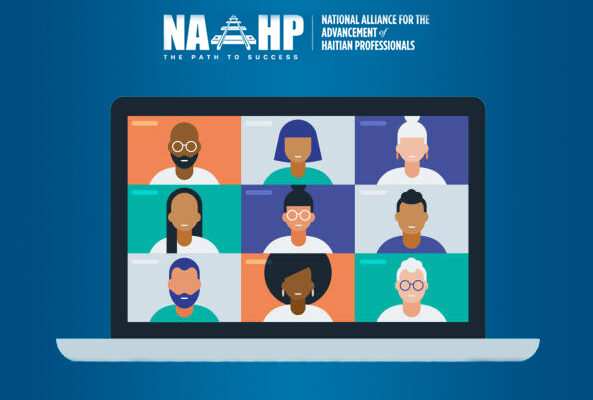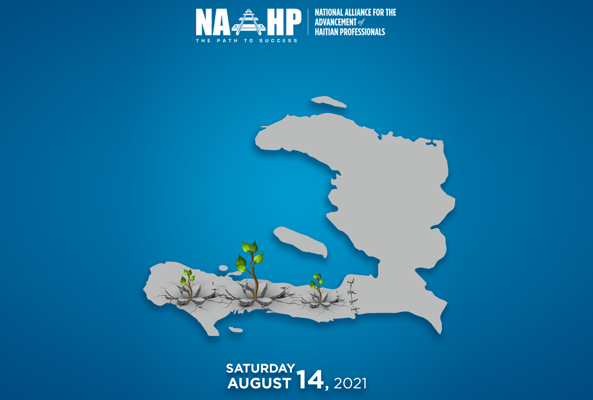
Financial Literacy Guide: Teaching Teenagers About Money and Credit
A 2016 survey from the National Financial Educators Council asked 2,409 Americans what high school course would have benefited them the most, and more than half of them chose a course on money management.
As children enter their teen years, the stakes get higher as decisions they make regarding how to spend any income they make or which college to attend affect their career path and credit history. Below are a number of free educational resources designed to help parents and teachers educate children on financial literacy and credit in particular.
Teaching teens financial literacy
- Teachers and home-schoolers looking to teach financial literacy can find entire units at InCharge.org, which has several lesson plans that include worksheets, slides and Powerpoint presentations on various aspects of financial literacy.
- The Boys & Girls Clubs of America sponsor a general financial literacy plan for teens called Money Matters: Make it Count. The National Credit Union Administration has educational plans for elementary students, teens, young adults and parents and teachers at www.mycreditunion.gov.
- American Consumer Credit Counselors also has a series of financial education lessons called Dimes to Riches, for middle school and high school students.
- The Consumer Financial Protection Bureau also provides a number of tools for parents here.
Budgeting
Mint.com has developed a teachers’ module on budgeting that gives children a practical exercise in creating and managing a budget. Mint.com has also created a number of interactive tools for teens, including a budgeting tool for high schoolers and college students.
Compound interest
Compound interest and the value of money over time is one of the central concepts of personal finance. Many young adults don’t fully grasp the power of compounding interest until they are on the wrong side of it. Mint.com has two useful tools to help kids learn about compound interest: a compound interest calculator and a Rule of 72s calculator.
Banking
Most banks offer special checking accounts for teens and will open accounts for children roughly age 13 and older. These teen checking account products are subject to monitoring and additional controls by parents and guardians. For example, the bank will issue a teenager a debit card, but parents can set limits on withdrawals and expenditures, and monitor where their children spend money on their debit cards.
The American Bankers Association has a list of participating banks in your area.
Fraud protection
Kids should learn the basics of safeguarding their personal information, as well as tips and techniques to ensure they aren’t snagged by online phishing scams and similar criminal operations. The High School Financial Planning Program offers a module designed to help teenagers learn to protect themselves from fraud.
Credit and credit scores
To help children understand how expensive credit card use can be over time, show them a credit card interest calculator.
For general education about credit scores, including their importance and what goes into a credit report, see MyFico.com. You can also get a free copy of your own credit report to review with your teenager at AnnualCreditReport.com.
Educators may be interested in the Public Broadcasting Service and Frontline production “Secret History of the Credit Card,” which comes with a series of learning activitiescentered on the documentary. Additionally, InCharge Institute of America devotes a module specifically to credit cards. CompareCards.com also has an in-depth lesson plan available for high school students.
Additional resources
American Consumer Credit Counseling has produced a Financial Workbook for Pre-college and Current College Students, which you can give to your high school senior or student to walk them through common financial decision making processes. Topics include choosing a bank, credit card management, earning money from jobs, scholarships and various ways college students can save money.

 English
English Français
Français Donate
Donate Partner
Partner Shop
Shop Login
Login










